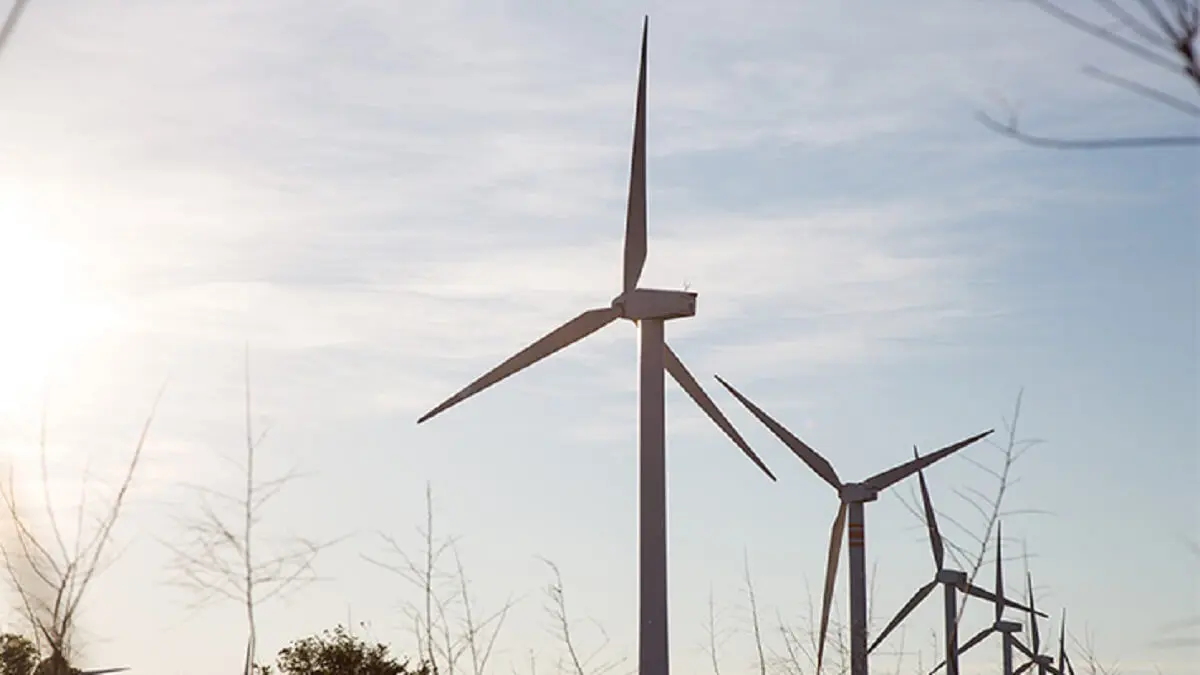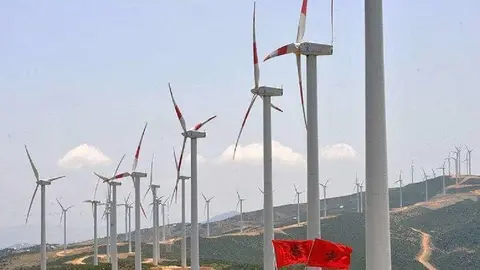Global electricity demand will grow by 3.4% by 2026 thanks to clean energies

The International Energy Agency (IEA) has presented its annual report, 'Electricity 2024: Analysis and Forecast to 2026', which reveals encouraging projections for the future of the world's electricity supply. According to the report, global electricity demand is expected to grow by an average of 3.4% between 2024 and 2026, with renewables and nuclear being the main drivers of this increase.
Although global electricity demand fell by 2.2% in 2023 due to declining consumption in advanced economies, it is forecast to accelerate significantly over the next three years. China, India and Southeast Asian countries will be the main drivers of this growth, accounting for 85% of the projected increase.
The transition to cleaner energy sources will be a key factor in this growth. The IEA anticipates that renewables such as solar, wind and hydropower, along with nuclear power, will play a key role in the expansion of electricity generation. These low-emission sources are expected to account for almost half of global electricity generation by 2026, marking a significant milestone.
The report highlights that renewables could account for more than a third of total electricity generation by early 2025, surpassing even coal. Solar power, in particular, has seen a decline in costs, leading the drive towards sustainability.
Nuclear power generation will reach a global all-time high in 2025, according to IEA projections. This achievement is attributed to increased production in France, the restart of plants in Japan and the commissioning of new reactors in key markets, including China, India, Korea and Europe.
Substantial emissions reductions
The report highlights that the increase in electricity generation from renewable and nuclear sources is contributing to a structural decrease in emissions from the power sector. Global emissions from electricity generation are expected to decrease by 2.4% in 2024, followed by further declines in 2025 and 2026.
An encouraging aspect is the decoupling between growing global electricity demand and CO2 emissions. Given the increasing electrification of the power sector, with the adoption of technologies such as electric vehicles and heat pumps, this decoupling is essential to meet global climate targets.
China is set to be the main contributor to the increase in global electricity demand, even with a slowdown in its economic growth. India, on the other hand, will experience a rapid increase in electricity demand, comparable to the UK's current consumption. Africa, while maintaining stagnant per capita consumption, remains a point to watch in electricity demand trends.
Challenges and opportunities
Although electricity demand declined in the EU in 2023, emerging and developing economies experienced solid growth. Electricity prices showed significant variations between regions, affecting economic competitiveness.
IEA executive director Fatih Birol stressed the importance of this positive change in the energy sector, with the accelerated growth of renewables and the resurgence of nuclear power. Although faster progress is needed, current trends offer a promising outlook towards a more sustainable electricity supply and a significant reduction in CO2 emissions.










